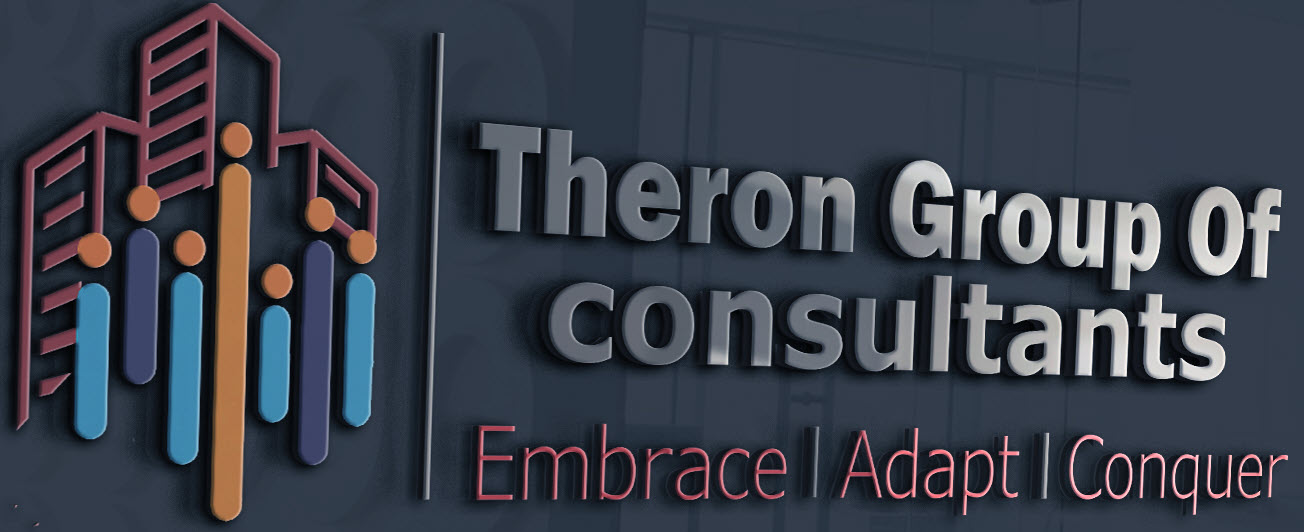The shortest definition of working capital is current assets less current liabilities. A Ltd with current assets of R 10m, current liabilities of R 6m, the working capital resources will be equal to R 4m. A firm can fund its working capital requirements through long-term or short-term sources of finance. Further implications of using either short-term or long-term sources of finance will be explained.
The main goal of working capital management is to ensure that enough cash resources are available to pay bills and liabilities as they come due, while not tiring too many cash resources that would have earned interest if invested in short-term securities and earn a return for the shareholders. This brings us to the argument that there is a conflict in trying to achieve the optimum level of working capital for the organization. The conflict is between the goal of ensuring high levels of liquidity and profitability. Therefore, there is an inverse relationship between these two goals.
High levels of liquidity are important to an organization, however, they come at the cost of low profitability. On the other hand, the high profitability goal goes hand in hand with shareholder maximization goals, but this goal can only be achieved at the expense of liquidity. Several factors do affect the working needs of different organizations and these factors can be divided into internal and external factors. These factors are listed in the table below.
